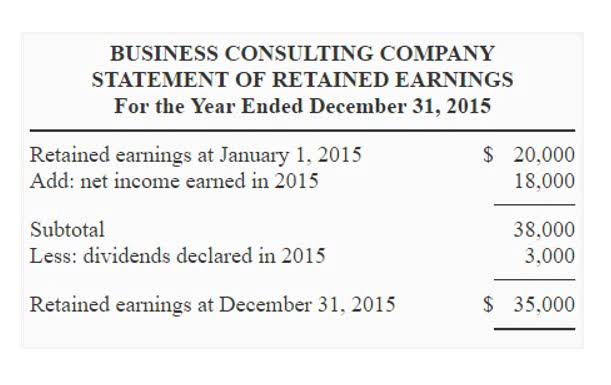
FIFO distinguishes between current-period expenses and those in beginning inventory. The costs in the initial inventory are moved out in a lump sum under FIFO costing. FIFO costing does not combine former tenure costs (in beginning inventory) with current period expenses. The one similarity among the period costs listed above is that these costs are incurred whether production has been halted, whether it’s doubled, or whether it’s running at normal speed.
Their selling expense is from the commission they pay their salespeople. Their marketing costs are from market research and brand awareness. Their administrative costs are from executive salaries and professional costs. Product costs are all costs involved in the acquisition or manufacturing of a product.
Product Cost vs. Period Cost
11 Financial’s website is limited to the dissemination of general information pertaining to its advisory services, together with access to additional investment-related information, publications, and links. Finance Strategists has an advertising relationship with some of the companies included on this website. We may earn a commission when you click on a link or make a purchase through the links on our site. All of our content is based on objective analysis, and the opinions are our own. My Accounting Course is a world-class educational resource developed by experts to simplify accounting, finance, & investment analysis topics, so students and professionals can learn and propel their careers. Over 1.8 million professionals use CFI to learn accounting, financial analysis, modeling and more.

SG&A includes costs of the corporate office, selling, marketing, and the overall administration of company business. Period cost is as vital as the product cost incurred by the entity. The period costs could not be capitalized as they are not directly related to the production of the inventory and hence are charged in the profit and loss statement of the company.
Period Costs vs. Product Costs: What’s the Difference?
So if you pay for two years of liability insurance, it wouldn’t be good to claim all of that expense in the period the bill was paid. Since the expense covers a two year period, it should be recognized over both years. Period costs take up most of the space on the expense section of your income statement. There’s no period cost formula because the included accounts differ from business to business. However, we’ll cover the most common period costs and how to calculate them. Many employees receive fringe benefits paid for by employers, such as payroll taxes, pension costs, and paid vacations.
Raw materials and workers’ wages are good examples of product costs. Now let’s look at a hypothetical example of costs incurred by a company and see if such costs are period costs or product costs. Period costs are the costs incurred by a company to produce goods or render services that cannot be capitalized into prepaid expenses, inventory, or fixed assets. Any manufacturer’s expenses can be either categorized as a product cost or a period cost based on whether it can be directly linked to the production process of inventories or not. Finally, managing product and period costs will help you establish more accurate pricing levels for your products. Speaking of financial statements, it’s important that you take the time to review your financial statements on a regular basis.
How are product costs reported in financial statements?
Now that we have taken a bird’s eye view of the matching principal, let’s look into the meanings of and difference between product costs and period costs. Period costs are expensed on the income statement when they are incurred. When a company spends money on an advertising campaign, it debits advertising expense and credits cash. These costs are directly expenses and reported on the income statement. Costs and expenses that are capitalized, related to fixed assets, related to purchase of goods, or any other capitalized interest are not period costs.
Fiscal Year: What It Is and Advantages Over Calendar Year – Investopedia
Fiscal Year: What It Is and Advantages Over Calendar Year.
Posted: Fri, 01 Mar 2024 08:00:00 GMT [source]
Product costs, on the other hand, are capitalized as inventory on the balance sheet. Manufacturers debit their raw materials inventory account when the purchase examples of period costs is made and credit their cash account. The type of labor involved will determine whether it is accounted for as a period cost or a product cost.
